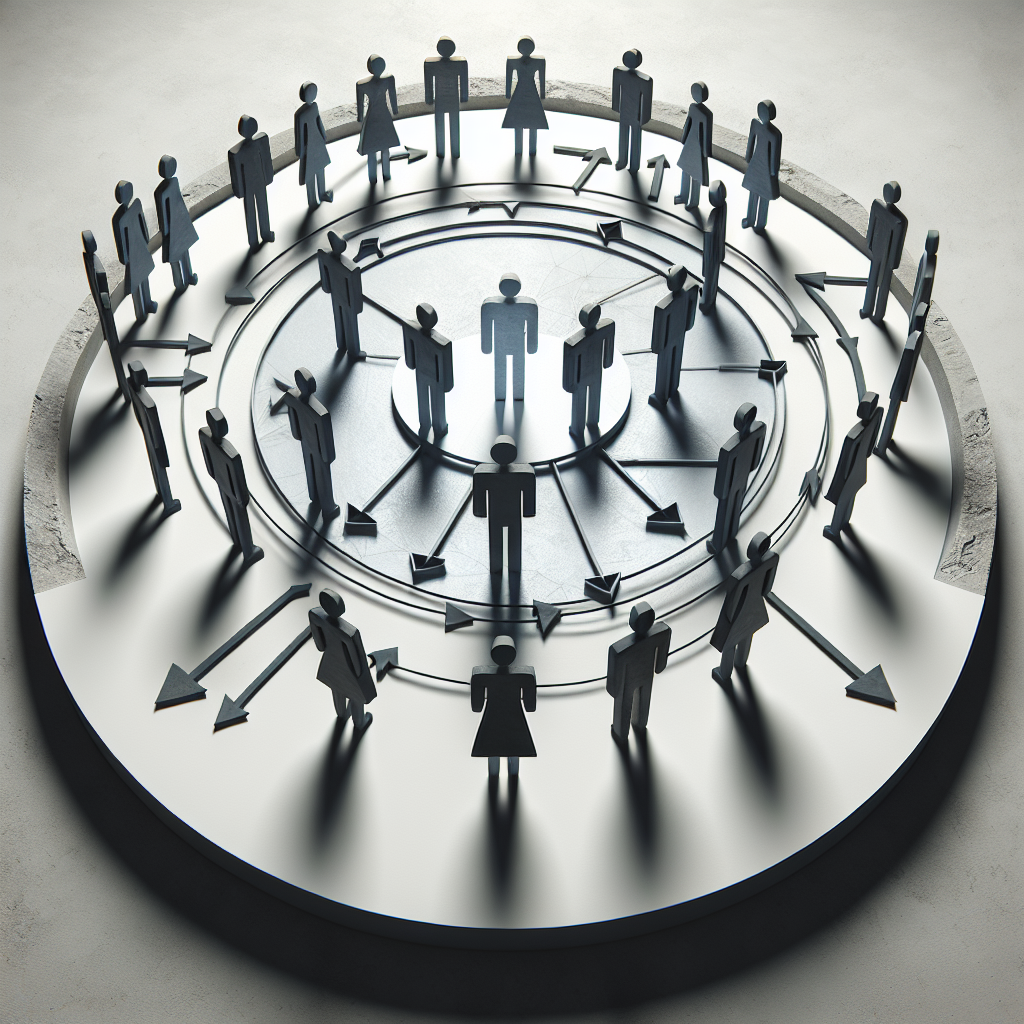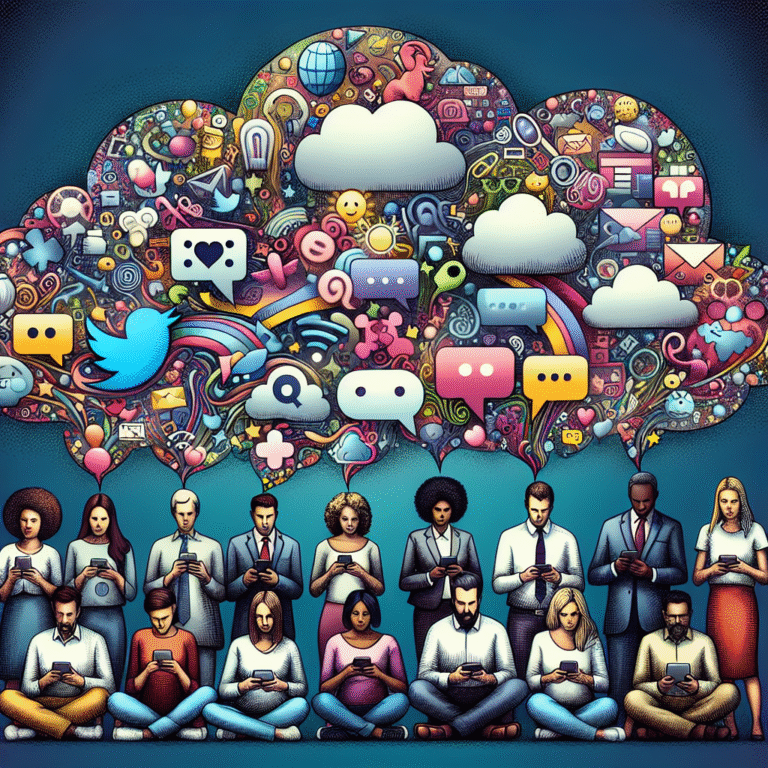
Introduction
In a world marked by swift changes and complex challenges, the ability to make effective decisions becomes increasingly critical, especially in leadership roles. But what drives these decisions? Among the many factors, one of the most influential often remains hidden: the dynamics within the "inner circle." This article delves into The Inner Circle: How In-Group Dynamics Influence Decision-Making and Leadership, exploring the subtle yet significant ways that group cohesion and shared identity can shape outcomes.
Understanding the Inner Circle
The term "inner circle" refers to a small, close-knit group at the center of an organization or movement, often holding considerable sway over decisions and directions. By examining the attributes and behaviors of these groups, we can unlock valuable insights into how they influence leadership and decision-making.
The Psychological Underpinnings of In-Group Dynamics
Social Identity Theory
At the heart of group dynamics lies Social Identity Theory, which posits that individuals derive part of their self-concept from their membership in social groups. This phenomenon explains why members of an inner circle often experience stronger cohesion and loyalty, even at the expense of broader organizational goals.
Groupthink: The Double-Edged Sword
While group cohesion can foster collaboration, it can also lead to groupthink—a psychological phenomenon where the desire for harmony overrides critical thinking. As members prioritize consensus over innovation, the potential for groundbreaking ideas diminishes.
The Impact of the Inner Circle on Decision-Making
The decision-making process is frequently influenced by the inner circle’s values, beliefs, and assumptions. Here’s how:
1. Collective Intelligence vs. Blind Spots
The concept of collective intelligence emphasizes that groups often outperform individuals in problem-solving scenarios. However, the inner circle can create blind spots, skewing perceptions of what’s possible or acceptable.
Case Study: NASA’s Challenger Disaster
The 1986 Challenger disaster is a classic example where the inner circle’s decision-making process was heavily influenced by fear and normalization of deviance. Despite widespread safety concerns, the desire to conform to expectations led to a disastrous outcome. The inner circle’s dynamics overshadowed the voices of dissenting engineers, demonstrating the dangers of unhealthy groupthink.
2. Influence of Leadership Style
Leaders often play a pivotal role in shaping inner circle dynamics. Charismatic leaders may cultivate loyalty and enthusiasm, but they can also stifle dissenting opinions.
Example: Steve Jobs at Apple
Steve Jobs’ leadership style at Apple was characterized by a selective inner circle that shared his vision passionately. While this led to groundbreaking innovations, it also meant that not all perspectives were considered, which can be dangerous in a rapidly changing tech landscape.
3. Confirmation Bias Among Peers
Self-reinforcing loops can develop within inner circles, as members become increasingly invested in each other’s views. Confirmation bias leads to unhealthy decision-making.
Table 1: Factors Contributing to Confirmation Bias in Leadership
| Factor | Description |
|---|---|
| Homogeneity of Thought | Similar backgrounds leading to shared perspectives |
| Limited External Input | Lack of fresh ideas from outside the circle |
| Elevation of Group Norms | Group values overshadowing critical analysis |
4. Risk Assessments and Acceptance of Failure
Inner circles often establish their own standards for risk assessment, which can influence broader organizational policies. This dynamic can foster either a culture of innovation or a climate of fear surrounding failure.
Case Study: Blockbuster vs. Netflix
Blockbuster’s inner circle notoriously dismissed the threat posed by Netflix, relying on their established business model. Lack of awareness of industry shifts led to their decline, showcasing how in-group dynamics can cripple decision-making in the face of change.
Building a Healthy Inner Circle: Best Practices
Having established the impact of inner circles on decision-making, let’s explore ways to harness their potential effectively:
1. Encouraging Diverse Perspectives
A significant step toward optimizing inner circle dynamics is intentionally incorporating diversity. This means not only racial and gender diversity but also diversity of thought, experience, and background.
Actionable Insight: Conducting Regular Roundtables
Implementing regular roundtable discussions that encourage input from non-traditional stakeholders can help mitigate risks of groupthink and promote a more innovative environment.
2. Fostering Psychological Safety
Creating an environment where individuals feel safe to voice dissenting opinions can significantly improve decision-making quality.
Research Insight: Google’s Project Aristotle
Google’s Project Aristotle demonstrated that the most effective teams displayed high levels of psychological safety. Team members felt secure in taking risks and sharing their thoughts, which promoted more effective discussions and better outcomes.
3. Structured Decision-Making Frameworks
Implementing frameworks that require systematic analysis and consideration of alternatives can counteract the inefficiencies of intuition-driven decisions common in inner circles.
Example: The Six Thinking Hats Method
Devised by Edward de Bono, this method encourages exploring decisions from multiple perspectives, thus diversifying the thought process.
4. Continuous Learning and Adaptation
Encouraging an ethos of continuous learning ensures that the inner circle remains adaptable and responsive to change.
Actionable Insight: Monthly Learning Sessions
Schedule monthly sessions focused on industry developments and lessons learned from both successes and failures. This practice helps inner circle members recalibrate and stay receptive to new information.
Conclusion
The inner circle wields tremendous influence over decision-making and leadership dynamics. Understanding this influence can unlock strategies for more effective collaboration and innovation. Recognizing the potential pitfalls of groupthink and confirmation bias, leaders can take actionable steps to foster diverse, psychologically safe environments for decision-making.
As we move forward in a rapidly evolving landscape, the challenge lies in harnessing the power of The Inner Circle: How In-Group Dynamics Influence Decision-Making and Leadership to cultivate not only effective solutions but also adaptive, forward-thinking organizations.
FAQs
1. What is an inner circle?
An inner circle consists of a small group of individuals within an organization who have close relationships with one another and often influence critical decisions.
2. How do in-group dynamics affect decision-making?
In-group dynamics can enhance collaboration and support but may also lead to groupthink and confirmation bias, impacting the quality of decisions made.
3. What are the risks associated with inner circles?
Inner circles can create blind spots, discourage dissent, and foster an echo chamber effect where only certain ideas are valued, limiting innovation.
4. How can organizations mitigate the drawbacks of inner circles?
Organizations can promote diversity, encourage psychological safety, and implement structured decision-making processes to counteract the negative aspects of in-group dynamics.
5. What role does leadership play in shaping inner circles?
Leaders influence the culture and dynamics of inner circles through their actions, communication, and by setting the tone for collaboration and openness to diverse perspectives.
In a world where effective decisions shape our futures, understanding the intricate dance of The Inner Circle: How In-Group Dynamics Influence Decision-Making and Leadership is not only beneficial—it’s essential.

















